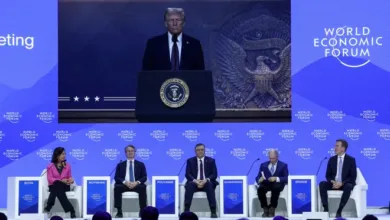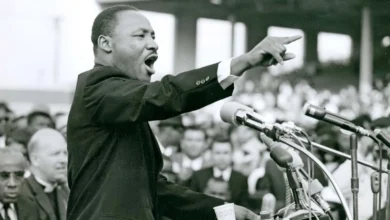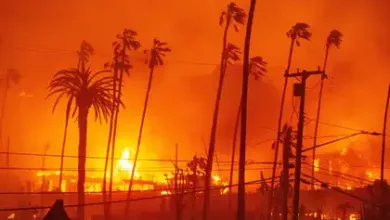Why Trump 2.0 Campus Concerns Are Keeping College Presidents Up at Night
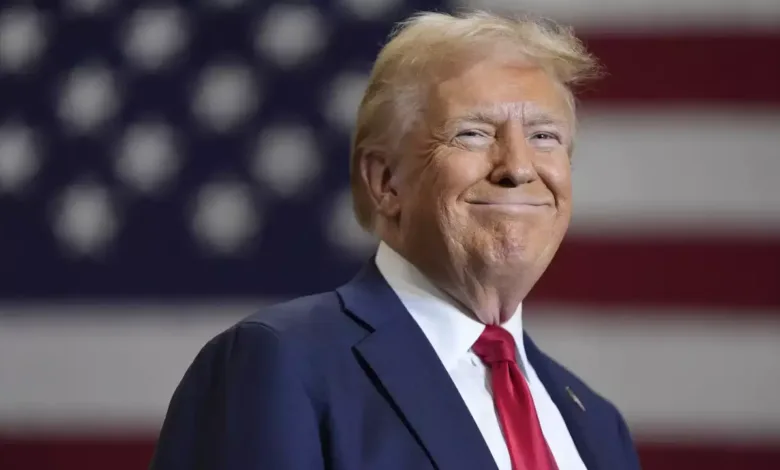
Introduction
The possibility of a second Trump presidency, often referred to as Trump 2.0, is already sending ripples across various sectors, including higher education. College presidents and administrators are grappling with a wave of Trump 2.0 campus concerns, from policy changes to student activism and funding uncertainties. As the political landscape evolves, universities are forced to adapt quickly to ensure stability and continuity. In this blog, we’ll explore the key Trump 2.0 campus concerns, their potential impacts, and how colleges are preparing for the challenges ahead.
Trump 2.0 Campus Concerns: Policy Changes and Their Impact
One of the most significant Trump 2.0 campus concerns revolves around potential policy changes. During his first term, the Trump administration introduced several policies that directly affected higher education, such as changes to Title IX regulations, immigration policies impacting international students, and cuts to federal funding for research.
If Trump returns to office, colleges fear a resurgence of similar policies. For instance, stricter immigration rules could deter international students, who contribute significantly to campus diversity and revenue. Additionally, changes to Title IX could alter how campuses handle sexual misconduct cases, creating legal and administrative challenges.
Table of Contents
Trump 2.0 Campus Concerns: Student Activism and Campus Climate
Another major area of Trump 2.0 campus concerns is the potential rise in student activism. The Trump presidency was marked by heightened political polarization, and campuses became hotbeds for protests, debates, and activism. A second Trump term could reignite these tensions, forcing college presidents to navigate a delicate balance between free speech and campus safety.
For example, controversial policies or statements from the administration could lead to protests, sit-ins, or even clashes between student groups. Colleges must prepare by strengthening their conflict resolution frameworks and ensuring that all voices are heard without compromising safety.
Trump 2.0 Campus Concerns: Funding Uncertainties and Budget Challenges
Funding is always a critical issue for higher education, and Trump 2.0 campus concerns include potential cuts to federal grants and research funding. During his first term, the Trump administration proposed significant reductions to the Department of Education’s budget, which could happen again.
Such cuts would force colleges to rethink their budgets, potentially leading to tuition hikes, reduced faculty hiring, or cuts to student services. Public universities, which rely heavily on state and federal funding, would be particularly vulnerable. To mitigate these risks, many institutions are diversifying their revenue streams through private partnerships and alumni donations.
Trump 2.0 Campus Concerns: International Student Enrollment and Global Reputation
International students are a vital part of the U.S. higher education system, contributing billions to the economy and enriching campus life. However, Trump 2.0 campus concerns include the potential for stricter visa policies and a less welcoming environment for foreign students.
If international enrollment declines, colleges could face financial strain and a loss of global reputation. To address this, universities are strengthening their recruitment efforts in other countries and emphasizing their commitment to diversity and inclusion.
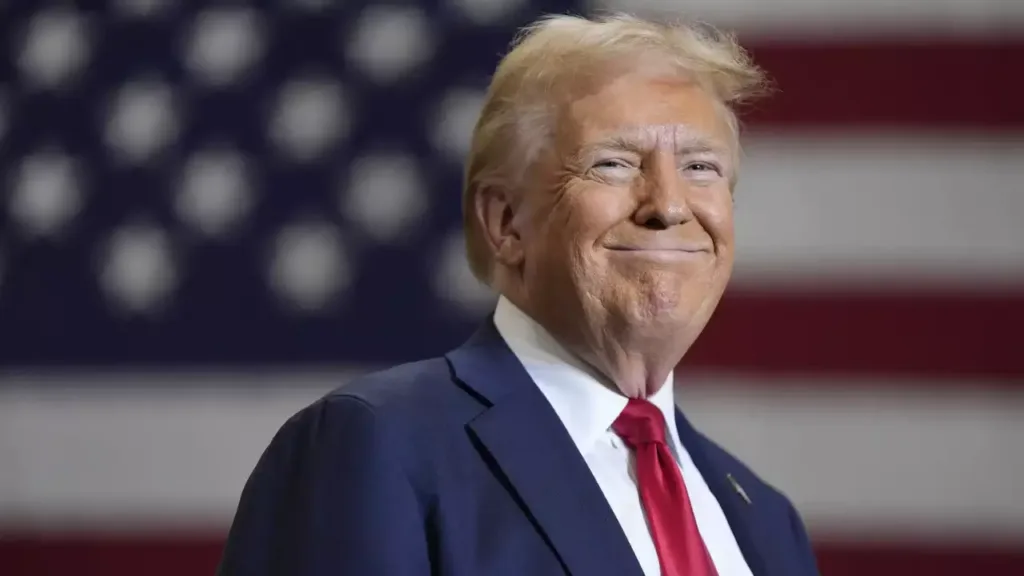
Addressing Trump 2.0 Campus Concerns: Strategies for Colleges
Despite the uncertainties, colleges are not sitting idle. Many are proactively addressing Trump 2.0 campus concerns by developing contingency plans and fostering open dialogues with stakeholders. Here are some strategies being implemented:
Diversifying Revenue Streams
Colleges are exploring alternative funding sources, such as online programs, corporate partnerships, and endowment growth.
Strengthening Campus Policies
Institutions are updating their policies on free speech, safety, and diversity to ensure they are prepared for any scenario.
Enhancing Communication
Transparent communication with students, faculty, and staff is key to maintaining trust and stability during times of change.
Advocacy Efforts
Many college presidents are engaging in advocacy work, lobbying policymakers to protect higher education interests.
Conclusion
The prospect of a second Trump presidency has undeniably sparked a wave of Trump 2.0 campus concerns across higher education. From policy changes and funding uncertainties to student activism and international enrollment, colleges are facing a complex set of challenges. However, by staying proactive and adaptable, institutions can navigate these uncertainties and continue to fulfill their mission of educating and empowering students.
As the political landscape evolves, one thing is clear: higher education must remain resilient and forward-thinking to thrive in the face of Trump 2.0 campus concerns.
